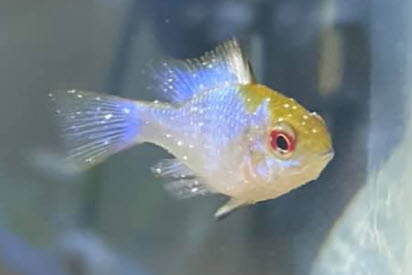
As in most of the articles on this website, the subject of ich will be discussed in layers. The simplest explanation is first, followed by a series of more complicated explanations. Then we have another series of links to articles on the topic of ich in even greater depth.
Summary on Ich
MYTHBUSTER: ALL the well-done scientific studies by researchers on heat and ich have found heat to be totally ineffective in treating ich!
Note there are two other diseases that look like ich (tetrahymena in livebearers and epistylis in other fish). So make sure you have ich.
Public Aquariums use formalin/malachite green (Ich-X, Rid-Ich Plus, Blue Planet White Spot Remedy, AquaCare Anti-Fungus & White Spot, and Mardel QuickCure) to treat ich in freshwater fish, as do University Research Centers, Cory of Aquarium Co-op, and Joey.
Note:
- NEVER turn off the filter, remove the filter, change the filter media or clean the filter media. If the carbon has been in the aquarium for more than two weeks do NOT remove it (contrary to some directions). This is VERY important.
- Do NOT move the fish to a quarantine tank (contrary to some directions).
- Formalin and malachite green are both toxic in large enough dosages so carefully follow the dosage directions on the medication bottle.
- If one raises the temperature with formalin/malachite green the medication can become somewhat toxic.
- Cory and others have treated thousands of “scaleless” fish with full strength formalin medication with absolutely no problem.
- Formalin/malachite green is not poisonous to snails or shrimp at the proper dosage.
- At 76 degrees formalin and malachite green need to be added every day to be effective.
- Follow the directions on the medication as to water changes.
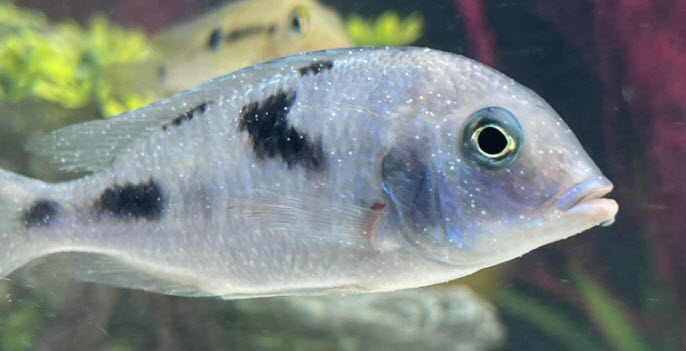
The seminal study on ich treatments (Tieman and Goodwin, 2001) found salt (0.25%) and heat to have no effect on ich. Other studies say 0.5% to 1% salt can reduce mortality from ich but is not as effective as medication. UV sterilizers, even at low wattages, can help immensely to eliminate ich from the aquarium.
Established filters have thousands of little carnivorous critters in them which eat the infectious ich stage (the “theront”), so the filter is very important. The net result of this filter “medication” is that if you have a long-established aquarium filter with plenty of brown “gunk” in it, it is perfectly OK to do absolutely nothing for the ich. It will simply go away on its own in a week or two.
Because ich will go away in an established aquarium, there are at least 55 “treatments” currently “absolutely guaranteed” to stop ich. There is an old saying in science: “correlation does not imply causation”. ANY treatment of ich in a tank with an established filter will work. The ashes from the cremation of a dead squirrel will work to remove ich in a tank with an established filter
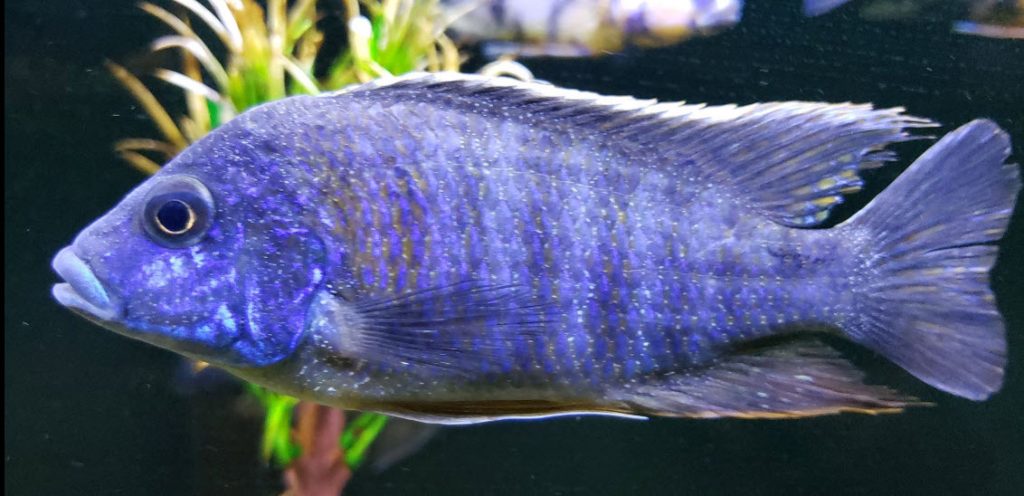
Treating Ich
On social media EVERYONE and I mean EVERYONE will tell you to raise the temperature up to 86 degrees to treat ich. Researchers have shown heat to be totally ineffective in treating ich. This is simply one of the hundred or so myths commonly parroted by well intentioned but ill-informed hobbyists in social media.
All discussions of treating ich in the aquarium must be predicated on the fact that medication is not as important in treating ich in the aquariums as everyone thinks. The aquarium filter is the most important aquarium “medication” for ich. The infectious free swimming infectious stage of ich (the “theronts”) are literally eaten by a host of microscopic carnivores in the “brown gunk” of an established filter. This is the major mechanism treating ich in the home aquarium.
Most cases of ich will resolve themselves with no fatalities in most established home aquariums because of the brown gunk carnivores. One poor Facebook commentator had ich pop up. Following a common recommendation, he set up an “emergency” hospital tank with a new filter and put the infected fish into it. He took the temperature up and added some salt. All the fish died! This must have been incredibly disheartening. He had removed the fish from their established filter and used a relatively ineffective medication. Not a good idea.
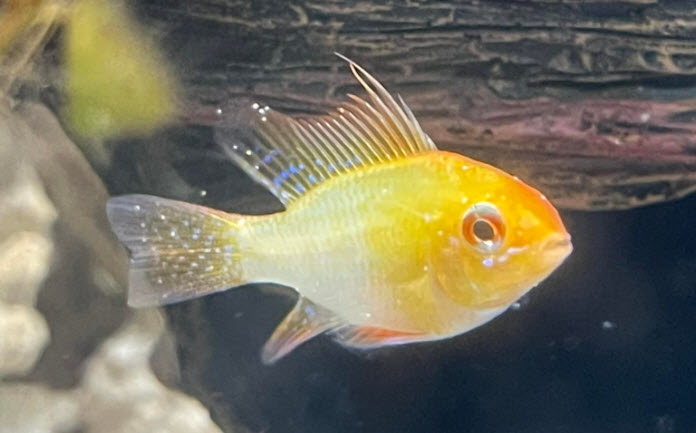
As mentioned above, formalin/malachite green medications (Ich-X, Rid-Ich Plus, Blue Planet White Spot Remedy and Mardel QuickCure) are simply the best medications for ich.
If one is in Europe formalin is not available. There are three medications which will work reasonably well in place of formalin/malachite green are pure malachite green, methylene blue and copper. Brand names of these medications are Cupramine, Copper Power, Copper Aide, ESHA 2000, Copper Safe, Waterlife Protozin (Malachite Green and Copper) or Waterlife Myxacin (Malachite Green and acriflavine). Note that the formulations on European fish medications seem to change very often so check the labels.
There are also two other methods of controlling ich. One can add one or more wavemakers. The ich theront has difficulty attaching to the fish when the rate of water flow over the skin of the fish is high. One can also add a flow through UV sterilizer. A flow through UV sterilizer can be just as effective as an established filter at killing the ich theronts and controlling an ich outbreak.
And salt in a concentration of 5,000 to 7,500 ppm can somewhat help control an ich outbreak.
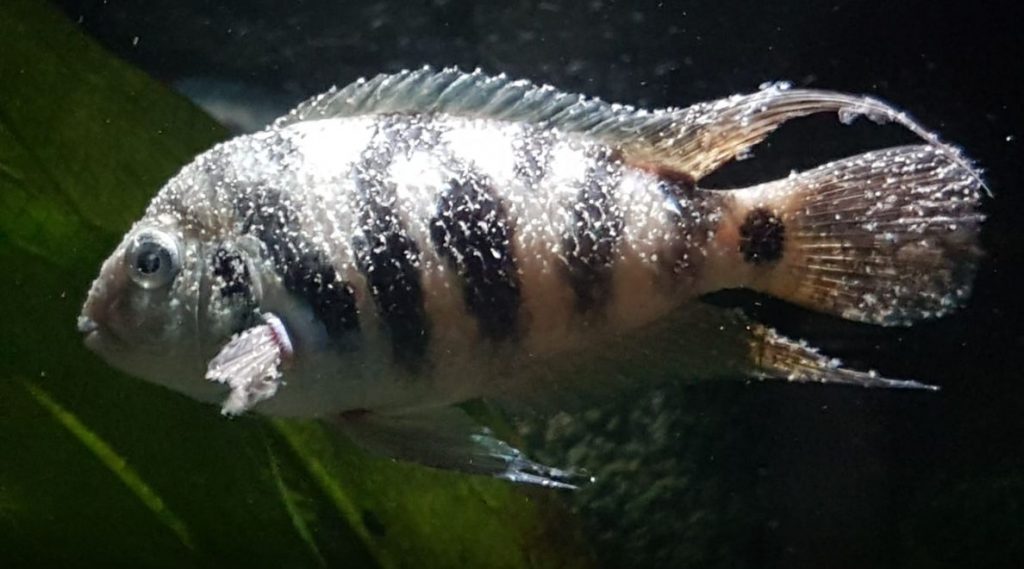
Proper Diagnosis of Ich
It is important to make sure one actually has a case of ich. “White spots” are not always ich. Warm freshwater tropical fish rarely die from ich. If fish with white spots are dying in an aquarium with a filter with brown gunk in it, suspect another disease pathogen. If fish are in an aquarium with a filter with brown gunk in it and have spots for more than one week with treatment with formalin/malachite green, suspect another pathogen.
Ich has very well defined, very white spots only the size of a grain of salt, no larger. If the spots are not VERY well defined and VERY white, it is often another organism. Ich also occur over the entire body of the fish (except the eyes) very uniformly. It never occurs in patches.
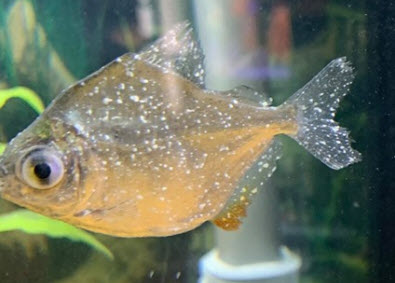
Epistylis
The most common ich imitator is called epistylis. The surprising thing is that at least 60% of the photos shown on social media from newcomers to the hobby as “obviously ich” are clearly epistylis. Epistylis appears to be more common in a relatively new aquarium than ich!
If it is goldfish, cichlids or loaches which are dying from “white spots” it is generally a bacterial columnaris infection which has a secondary infestation of this epistylis organism. The bacteria is killing the fish and the epistylis looks like ich. Since most hobbyists raise the temperature of the water to treat ich and bacteria become very virulent at high temperatures, the distinction is very important.
This is what epistylis looks like (note the spots on the eyes and the lack of spots on the head wen, ich generally won’t do this):
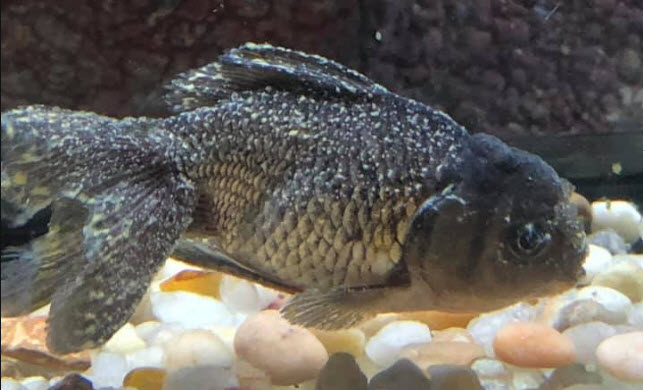
Epistylis is more variable and patchy than ich. It is translucent rather than ceiling white. And the spots stick out into the water, unlike ich which is always very embedded in the skin of the fish and will only stick out a little bit into the water.
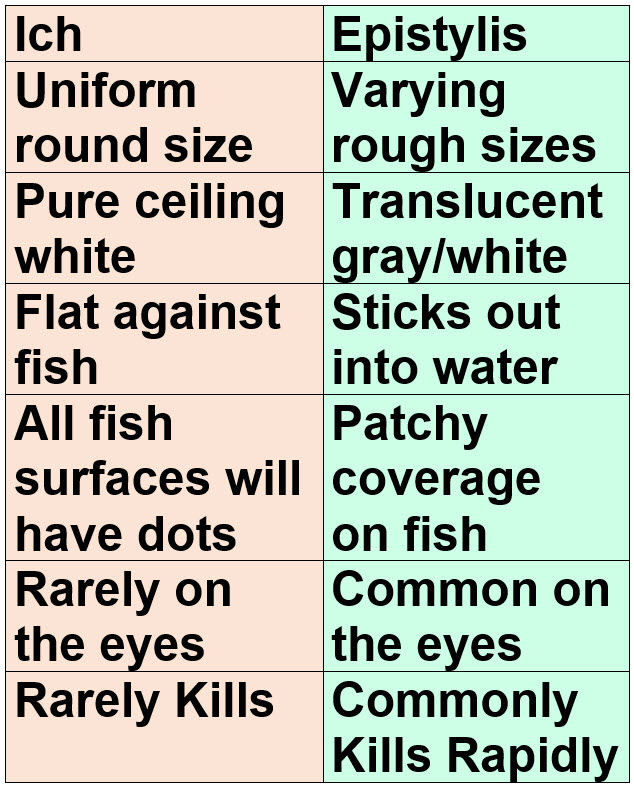
For more on epistylis, go to this link:
10.2.4. Epistylis
Note that there are no absolutes here. Here is an Oscar with ich where the ich is on the eyes.
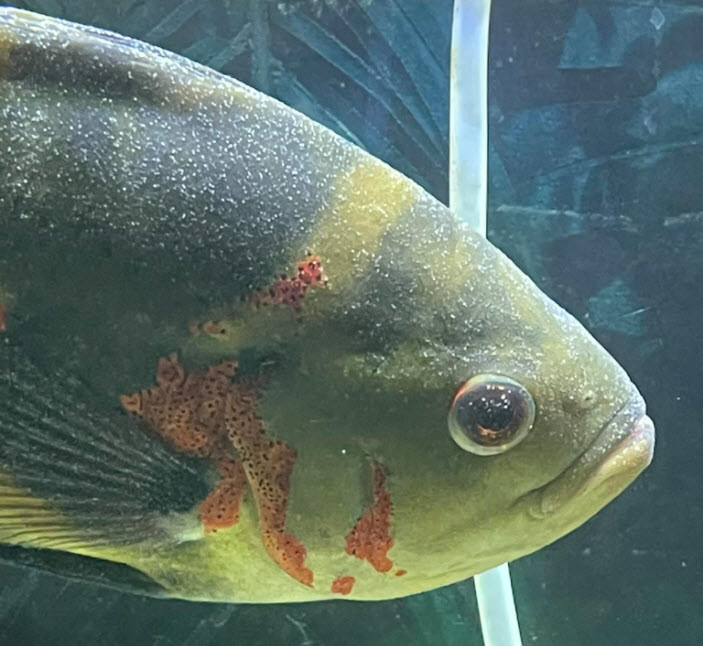
Tetrahymena
If one has live bearers which are dying with “white spots”, almost always the culprit is another organism called tetrahymena. Tetrahymena can look exactly like ich, needing a microscope to differentiate it from ich. Most of the time tetrahymena is a somewhat variable dot that isn’t ceiling white, rather it is more a translucent gray.
This is a fish with tetrahymena:
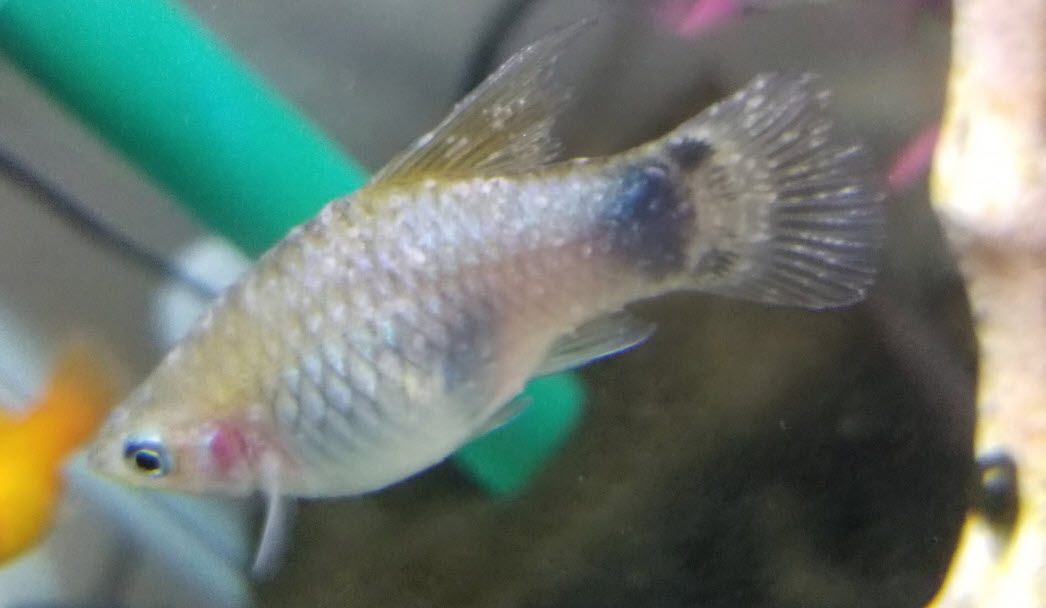
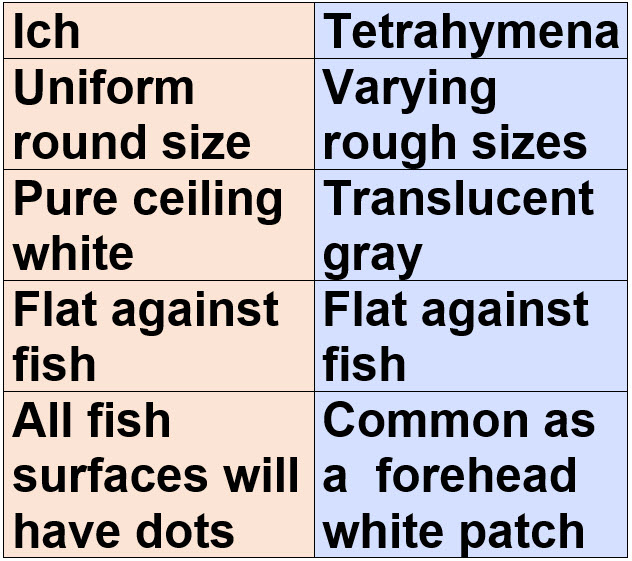
Tetrahymena is almost always is indicative of water with a high bacterial count. Added very good biofiltration is the only good solution. Tetrahymena is especially prevalent among guppies and other livebearers. Tetrahymena is called the “guppy killer” with good reason. It is often fatal. For more about tetrahymena go to this link:
10.2.6. Tetrahymena
.
Fish Lice
There is a type of small white fish louse that attaches to the fins and skin of fish. This can look like ich. The fish lice are harmless and typically disappear in a few months. They occur in short lines and patches, unlike ich.
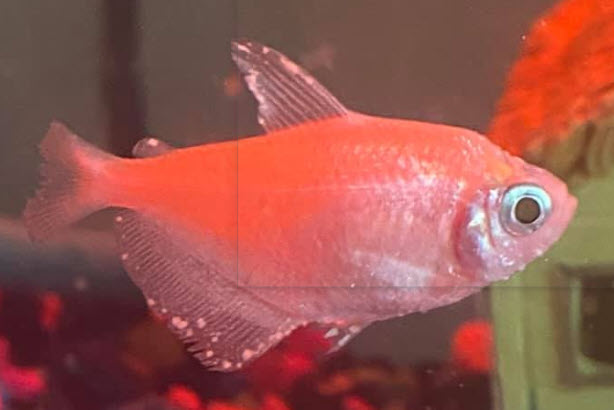
And occasionally there is a viral skin infection called lymphocystis which mimics ich a little. A relatively small patch of a fish’s skin will slowly develop small nodules or circular bumps. Typically only one fish has it. The nodules go on to develop into the pink cauliflower growths so typical of lymphocystis.
For more on lymphocystis go to this link:
10.8. Lymphocystis
.
What does Ich Look Like
Here are several examples of fish that have ich. These fish all have the “looks like sprinkles of table salt” look to them, which is indicative of ich.
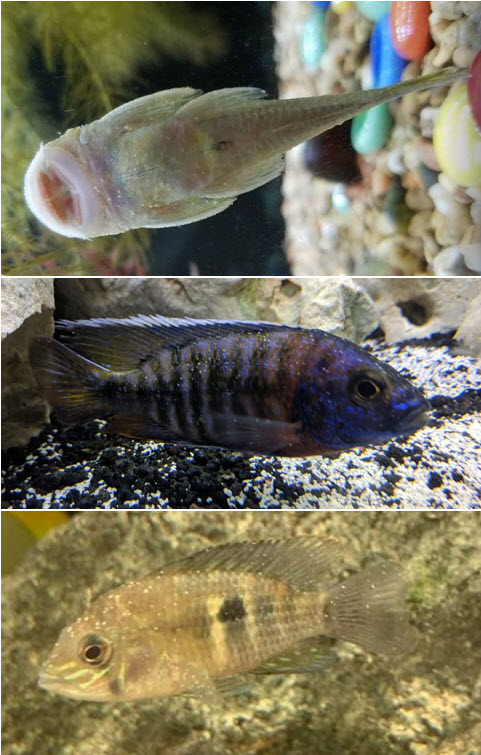
Ich spots need to be ceiling white and very circular. They are only the size of a grain of salt, no larger. They also almost never occur on the eyes and they are always evenly distributed over the fins and the body. Ich spots are embedded in the skin of the fish and only slightly protrude into the water.
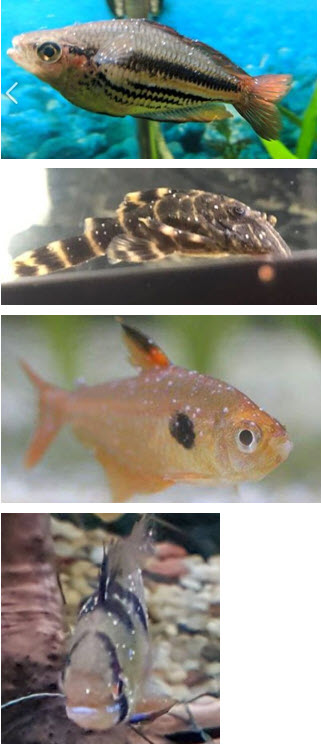
Treating Ich
To treat ich the Universities of Florida, Kentucky, Mississippi, Arkansas and Southern Illinois and the USDA recommend formalin/malachite green in combination (Ich-X, Rid-Ich Plus, White Spot Remedy and Mardel QuickCure). They also recommend formalin (NT Labs Koi Care Formaldehyde). The universities also recommend copper (Cupramine, Copper Power, Copper Aide, Ichonex, ESHA 2000 or Copper Safe).
Public aquariums use formalin or formalin/malachite green for ich in freshwater fish and copper in saltwater (Hadfield, 2011). For cost reasons most aquaculture users will use copper for freshwater ich.
Cory at Aquarium Co-op (one smart young man who know his stuff and NEVER steers one wrong!) has used Ich-X (formalin and malachite green) successfully for ten years on hundreds of tanks and thousands of fish (he owns a fish store!). Joey Mullens of DIY fishkeepers also uses Ich-X.
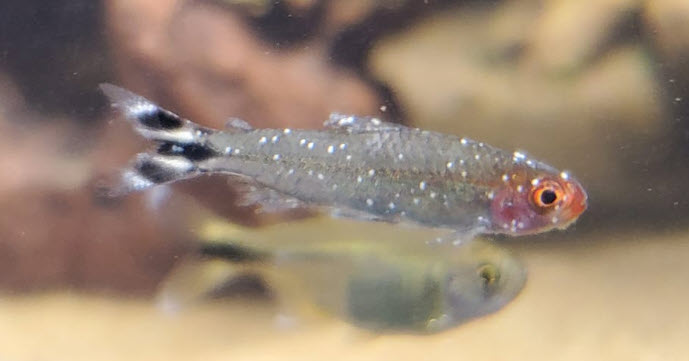
It is important to note what the authorities above DO NOT USE when treating ich. They do not add salt (salt at a concentration of 0.5% to 0.75% will kill ich but not as well as formalin /malachite green does). They do not raise the temperature (raising the temperature simply does not work). Nor do they add any of the some 50 remedies “guaranteed” to cure ich such as Paraguard, Melafix, Pimafix or Herbtana.
Note that the idea that “scaleless” fish need a half dose is a myth. All fish do just fine with a full dose. Lots of full-strength medications like copper are used in raising catfish for food and they don’t die, even though they are “scaleless”. Two owners of fish stores and acknowledged experts on fishkeeping (Vicki of Freshwater Aquariums and Cory of Aquarium Co-op) have both treated thousands of scaleless fish with full strength formalin medications with no problems.
If you have invertebrates (snails, shrimp) the copper will kill them, so the only medication which is “safe” is formalin and formalin malachite green combination (note that formalin is toxic to EVERYTHING if overdosed but doesn’t work at half doses, so it is very touchy with regards to dosage). Copper is also dangerous in very soft water (GH< 4).
Note that the filter in the aquarium is the best defense against ich. So a well filtered aquarium will allow ANY treatment to work well. Also note I count at least 50 different “things” “guaranteed” to cure ich. If you believe any of these is better than what the University’s or public aquariums recommend and use, go for it.
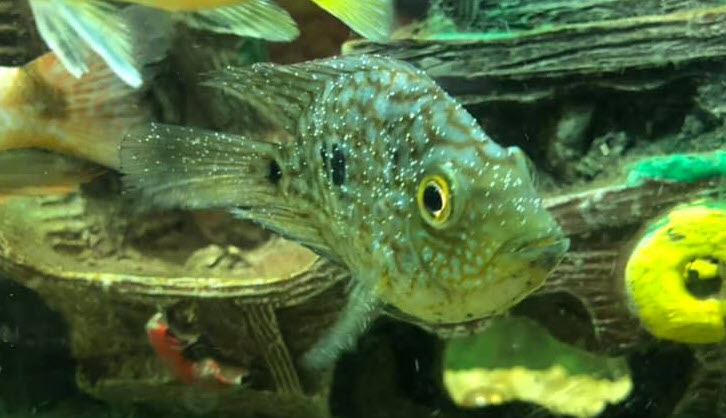
Myths About ich
Like all things in the aquarium hobby, ich has some myths associated with it:
- Heat treats ich, OR raising the temperature over 85 degrees kills the ich organism. OR raising the temperature above 85 makes the ich organism incapable of reproducing.
- Stress from things like poor water quality, poor diet, overcrowding, and being picked on by tank mates cause ich
- Fish can’t become immune to ich and can get it multiple times.
- Ich often kills many fish in a tank
- “Natural” remedies like garlic, Melafix or Pimafix have an effect on ich
- No less than 50 ineffective “ich cures” touted by various manufacturers will kill ich.
- Ich cannot survive in an aquarium where there is no ich infestation for longer than four weeks
.
All These Myths are False
.
If one goes to the links below one will find well done scientific studies with controls that prove these points to be myths.
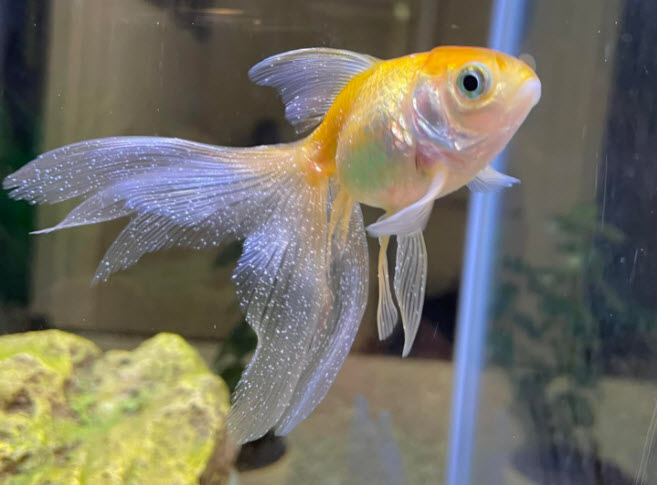
Belief Perseverance Effect
Be aware that if you go on social media and try to dispel these myths, you will meet incredible resistance. As in all things, the hobbyists who believe these myths are very strong in their beliefs. That’s just human nature. Despite all the journal articles from universities in the linked articles below on ich saying these myths are false, these hobbyists will continue to believe these myths. This is called “belief perseverance effect” and is something which is useless to try and overcome.
.
“Nothing dies harder than a lie that people want to believe” Calvin
.
One Facebook moderator said of this article:
“These are opinions with no scientific proof.
The link provided has no science behind it.
No controls and plenty of gaps.
Period.”
Interesting. Either this individual has an extreme case of “belief perseverance effect” or they chose not to read the scientific research articles with controls which support the data above. “Ignorance is Bliss”.
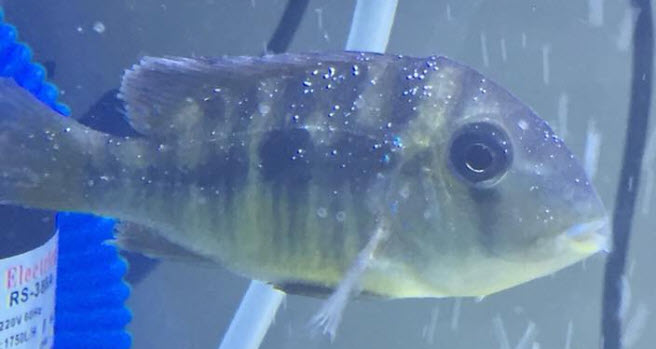
Ich in more Depth
Ich is the most common fish disease and warrants a more in-depth discussion. These discussions are long and boring and only for real nerds, like the author. The following chapters are devoted to this common fish disease:
10.2.2.1. Ich in More Depth
10.2.2.2. Immunity of Fish to Ich
10.2.2.3. Ich Medications
10.2.2.4. Ich Medications in More Depth
10.2.2.5. Ineffective Ich Medications
10.2.2.6. Using Filtration to Remove Ich
10.2.2.7. Treating Ich with Heat
.
Fish Disease Menu
Skin Protozoan Menu
.
Aquarium Science Website
The chapters shown below or on the right side in maroon lead to close to 400 articles on all aspects of keeping a freshwater aquarium. These articles have NO links to profit making sites and are thus unbiased in their recommendations, unlike all the for-profit sites you will find with Google. Bookmark and browse!
.

junyi xu says
mine is dying and its all over the eyes. I can hardly see the eyes. RIP lionhead goldfish. 🙁
Blake says
Appreciate the info. A few caveats: Joey (King of DIY) definitely DOES use heat and salt to treat ich, he literally just posted a video this week of him doing it with his new acaras. Cory with Aquarium Co-Op has also used salt, he has a video of him using it in his large goldfish tank. (He obviously also uses Ich-X, he talks about that all the time.)
I’m not arguing one way or the other about how effective the salt/temp treatment is, just saying you need to be careful about your claims so you don’t run into defamation or appropriation suits.
Also, I didn’t see any links to the studies you reference in your article. Did those links get removed? I am also a fan of evidence-based treatments, so I would love to read them. Thanks.
Rob G says
Hi Dave, I recently set up a new aquarium and added about 6 platy, it’s been a week since their purchase and saw some have tiny white specks on their tail. I am confident my aquarium is fully cycled but I suspect Ich, should I wait and see how it plays out? or should I start treating with some methylene blue?
Thanks in advance!
Dave says
In reply to Colin The bottom line is that experiments have been done where the temperature was raised and EXPERIMENTALLY raising the temperature DID NOTHING. NOTHING!!! The fish still died from the ich despite the higher temperatures.
Dave says
In reply to Anonymous …. That is the myth. They are ALL myths. The truth is that fish develop immunity to the ich organism.
Colin says
Is the timing of the ich reproductive cycle affected by temperature? That’s the main thing I’ve heard: if you raise the temperature the ich spends less time on the fish before falling off and reproducing, and the medications can catch it in the swimming phase faster. Also something about warmer water helping the fish’s immune system if it’s a fish that prefers warmer water (like how researchers kept finding sick fish in the warm water coming out of cooling towers, but it wasn’t the water making the fish sick, it was the sick fish choosing to swim in the warmer areas)
Anonymous says
Your myths section says “Fish can’t become immune to ich and can get it multiple times.” Is that the myth, or the correction of the myth? The sections seems to have a few inconsistencies where some of the bullet points are the myths, and some are the refutations of the myths.
Dave says
in reply to anonymous ….. I thought ich had a well defined life cycle and died at four weeks. But American Aquarium Products did a halfway decent study that showed ich can start up in any aquarium, with or without the addition of new fish.
Anonymous says
You mentioned that it’s a myth that “Ich cannot survive in an aquarium where there is no fish for longer than four weeks.” Could you please explain why that is? Can ich live in an aquarium without fish indefinitely? I thought that ich has a life cycle that ends when there’s no host. Thank you!
Dave says
In reply to Eric …. There is no website like mine for saltwater tanks. Sorry
Erik says
Dave,
thanks for all the info on treating ich. I’m overfiltering my aquarium with two canisters (almost never have to clean the filter, maybe once a year or so and even then it’s not that full of guink) and the aquarium is well established, medium stocked and with some plants. I got an ich outbreak from not quarantining new fish (yeah bad aquarist, bad). The only thing I added to fight the ich is a 5 watt UV steriliser. I bought medicine (formalin and malachite green from Colombo, even in Europe!) but I decided to wait to see if the UV and filter would take care of it. Now my fish are having less and less white spots after 4 days. You are my goto aquarist for info and I spread your word as much as I can. I even based an aquaponics system on your methods, works like a charm for 3 years now with massive amounts of filtering. I’ll get UV steriliser for that too.
But my question: is there a website like yours for reef tanks? If not I might decide to just go for a 150 gallon ciclid tank, again based on all your knowledge.
Thank you so much for all the science and commitment and for sharing that, you made the aquarium hobby so easy and fun and made me see through all the profit driven bs!
Dave says
In reply to Sum D. … Please send some images to DLBoge2@gmail.com and I will gladly give you my opinions
Sum D says
Hi there,
I’m a teen that has been taking care of three goldfish for about 3 years now. I’m super lost on goldfish and how to manage it in general honestly even after these years. I try my best to sustain a good tank but with studies it’s not possible always to have a regular water change all the time.
At the moment, I have two gold fishes who do seem like they have some issues. There’s this black goldfish that I have, and I’m not sure if it does have ick or not. The goldfish has some white spots on the tail, however it has still kept this up after a month. I usually aim for 1 or 2 weeks of cleaning as my tank is rather small and poor in terms of nitrate levels.
Additionally, my gold goldfish has like a white circle around their mouth. Is that mouth rot? It doesn’t have like a cotton-y texture like I’ve seen with the images.
I could also provide some images if it helps with what I should do for treatment. I’m rather desperate because every website keeps telling me opposite things and I just want to help my fish 🙁 if possible, I would like some help in maintaining a proper water filter as I’m not very knowledgeable on it
Dave says
In reply to Mike W … Sounds like ich. Just keep up the ich X treatment and they should respond in time.
Mike W says
I’m struggling with a disease on my Kerri Tetras. The fish have round (spherical) ceiling white cysts that protrude from the body – attached tangent to the skin.
There is overlap in the Ich/ Epistylis diagnosis table on the site so I shotgunned. I did 7 day treatment of the Maracyn 2/ Focus cocktail with no improvement. I’m on the 3rd day of Ich-X treatment with no obvious improvement. 1) Either the fish have a disease that is not Ich or Epistylis or 2) this strain is immune to the treatments provided.
Any ideas? Happy to send pictures.